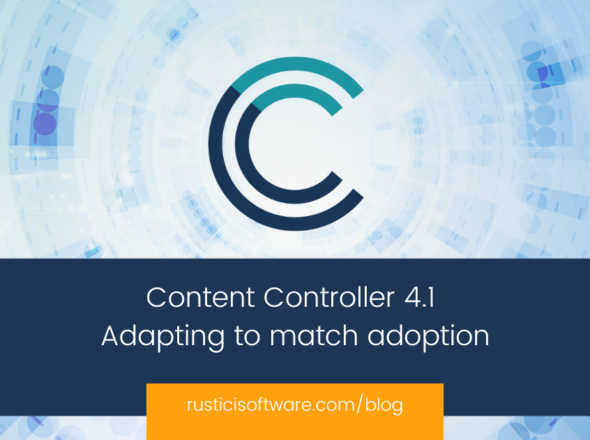From problem to solution
Product managers at Rustici Software (all two of us) have three core responsibilities: understanding our customers, identifying problems and opportunities, and building consensus around solutions.
Understanding our customers means knowing what’s most important to them and what value our products provide. Are they an L&D department delivering training to employees inside their organization, or a content publisher selling their content to other businesses? Are they trying to reduce costs, or enable new revenue streams, or both? How does our product help them achieve those goals? These are questions we ask our sales team about every new customer.
After that, our support team and Client Success Managers work closely with our customers to solve any new problems that arise. If a problem can’t be solved with existing features, then we consider new ones that might work. The more information we have about the problem, the more likely it is that we can come up with a good solution, so expect follow-up questions. And if you already have a solution in mind (i.e., you’re requesting a new feature), that’s great! But we also need to be clear about what’s prompting the request, so we’ll definitely ask “What would that solve for you?”
Feedback refinement
Armed with this feedback, we then have hard decisions to make. It’s not possible for us to solve every problem that we hear about, so we have to prioritize. That means considering questions like:
- Is this a common problem? If not, is there a more general solution that could work?
- Is solving it in our wheelhouse?
- Will solving it help our customer retention or drive new sales?
- What are we giving up by doing this instead of something else?
Answering these questions can take time. We talk about problems a lot, with multiple teams, trying to build a consensus for solving them. We talk about what features could solve each problem, and how they could be implemented. Then, when it’s time to sit down and plan a new release, we bring a list of features for consideration along with all the context around the problems they solve, for whom, and why we should focus our efforts on them. Then we discuss and negotiate. Some features make it in, and the rest go back for another cycle of consideration and refinement.
From solution to reality
As a result of this process, every Content Controller release has added features to solve problems brought to us by our customers. Content Controller v4.0‘s Lead-In Pages were developed to help a customer present terms and conditions and collect information needed for certifications. Webhooks were designed to fit into a wide variety of use cases that customers have brought to us that involve connecting Content Controller with other systems in their eLearning ecosystems.
Before that, we added support for LTI Deep Linking, provided detailed user counts to enable more accurate forecasting, made it easier to share content with multiple accounts, made it possible to configure all of the courses in an account at once, and implemented so many more solutions over the last 7 years.
And we did it all because customers came to us with their problems. If you have a problem you’d like our help with, talk with your CSM or support@rusticisoftware.com. Be sure to give them the whole story and expect us to have questions.


